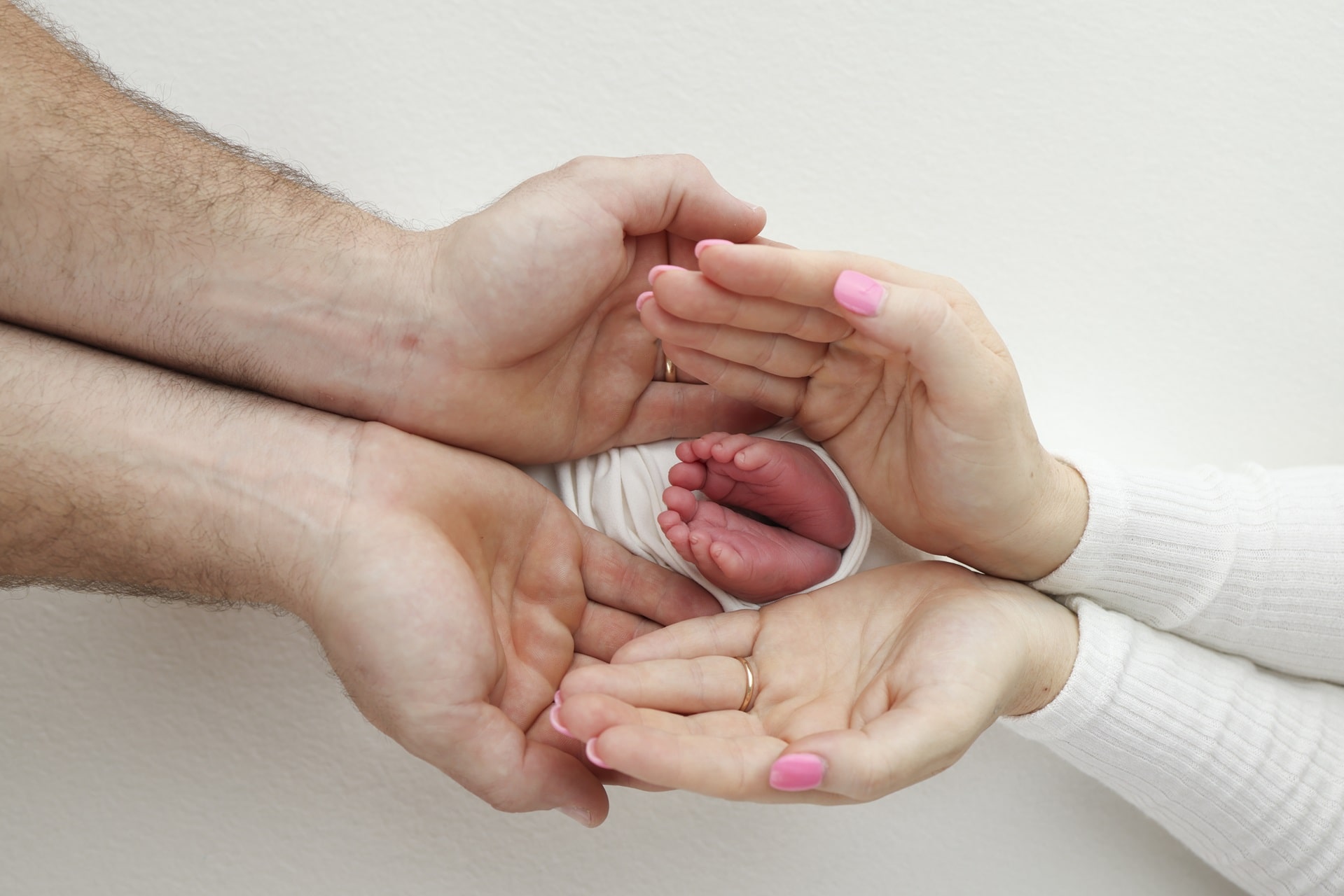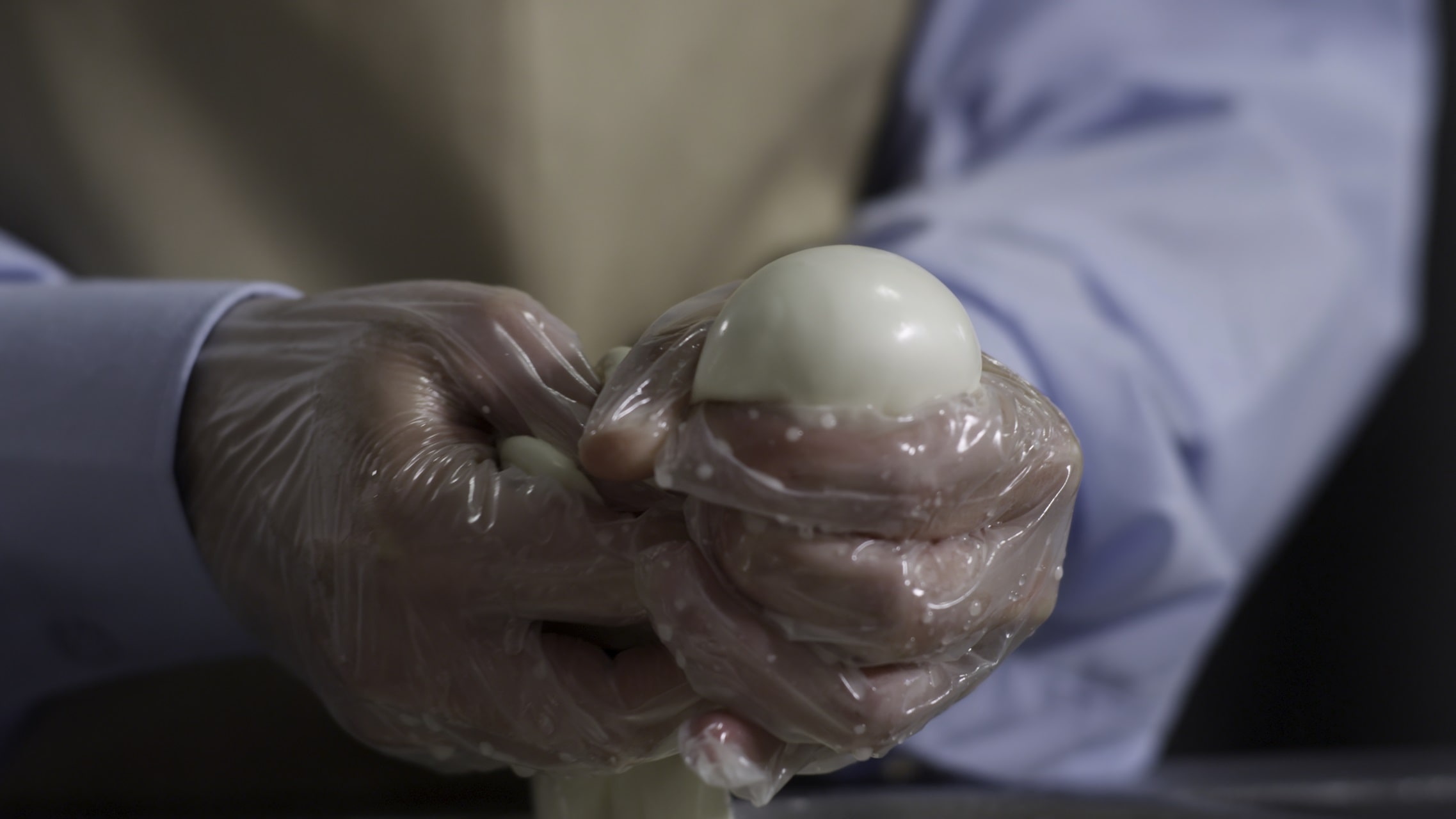As a result of disruptions in the descent process of the testicle, the testicle can remain at any point along the descent path. The testicle is the organ responsible for male hormone and sperm production. This organ is absent during the birth of male babies in 4.3% of cases.
In 3 out of 4 of these patients, the testicle descends within 3 months. By the time the baby is one year old, only 0.96% have not descended. In this case, it can be said that the disease is quite rare. On examination, the testicle may be absent and the condition is described as an empty bag. In this case, some possibilities can be mentioned:
Absence of the testicle
The testicle may not have formed at all in the womb or may have formed and then disappeared due to some vascular blockage. The testicle may be unilateral or bilateral.

Testicular Melting
The testicle may have been formed before, but due to some factors that occur later, testicular resorption may have occurred. In the surgery performed, it is seen that the sperm duct in these patients ends in the bag or at a point in the inguinal canal.
Undescended testicle in the abdomen
In such cases, the testicle cannot be found in the bag or in the groin by examination. This condition can be seen in 5-10% of babies with undescended testicles.
Undescended Testicle in the Duct
It is the most common type of undescended testicle. The testicle can be palpated at any point in the inguinal canal as a result of the examination.
Retracted Testicle
Temporary retraction of the testicle towards the groin as a result of contraction of the hanging muscles is considered a normal reflex. This reflex protects the testicle against temperature differences and trauma. This type of undescended testicle does not require treatment. A physician should determine whether the testicle is retracted or undescended.
Ectopic Testicle
The testicle is not located on the normal descent path. It has a different location. This may be the anterior part of the anus, the groin, the root of the penis or the opposite pouch.
Symptoms
If the testicle does not descend as it should in the natural process, if it does not go into the bag it should be in and remains inside the body, its volume shrinks and sperm quality decreases. In this case, the risk of infertility or cancer development is high. In testicles that do not descend on their own, surgery is absolutely necessary if deemed appropriate after a physician's control.

Treatment Methods
In cases of undescended testicles, most patients require surgery. In men, the temperature in the scrotum is 2-4 degrees lower than body temperature. This temperature is essential for the testicular structures to develop and function normally. Negative changes occur in the testicle inside the body due to the high temperature.
These changes begin in the 6th month. Gradually increasing structural defects can lead to the loss of the ability to have children (sterility) over a long period of time.
The testicles that are surgically lowered into place continue their normal development. Although the rate of sterility is high among those with a history of undescended testicles, this rate is reported to be lower in those who have been lowered at an early age.
The likelihood of malignant tumors arising from an undescended testicle is 5-10 times more frequent than normal. However, it is generally seen after the age of 30-40 years and it is reported that this rate does not decrease with the lowering of the testicle at an early age and the issue is controversial.
Operation
It is also performed as a day surgery. The preparation is the same as for a hernia. Hernia repair is usually performed together. The technique is simply to place the testicle under the skin of the pouch. If there is testicular fusion, the remains must be removed (with the family's permission). Patients should be checked after 2 weeks and after 6 months.









